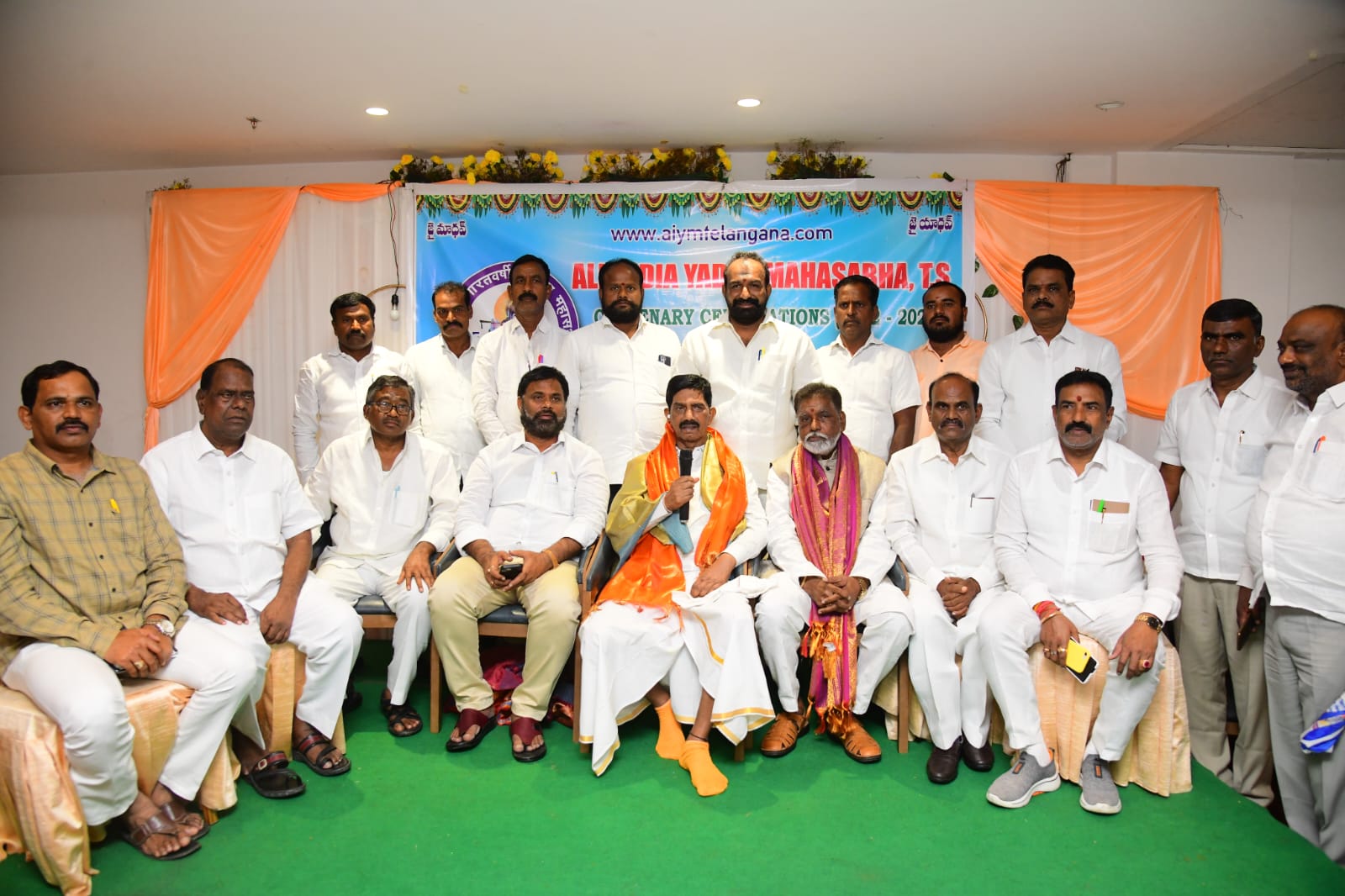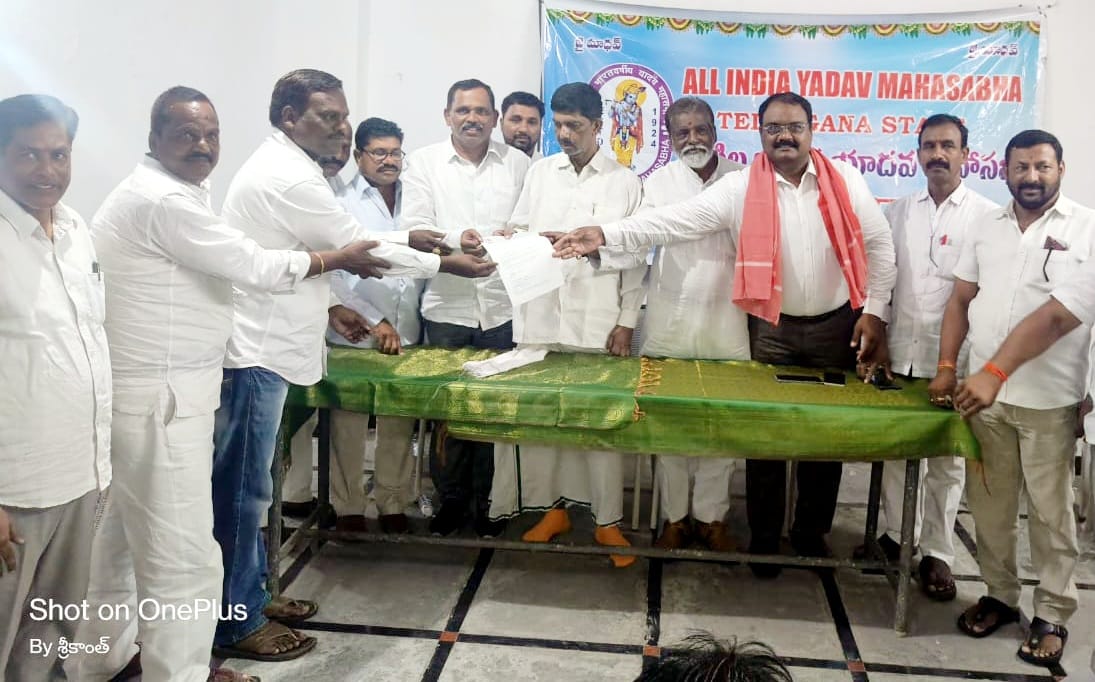According to google, she was among the firsts to believe that the power of the sun could change human lives.
Born in Budapest, Hungary, in 1900, Dr Telkes studied physical chemistry at Eötvös Loránd University. She graduated in 1920 and received her PhD in 1924. The following year, she moved to the United States and accepted a position as a biophysicist at Cleveland Clinic Foundation. She became a US citizen in 1937.
Dr Telkes moved on to join the Massachusetts Institute of Technology (MIT) as a member of the Solar Energy Committee.

Google honours Hungarian-American scientist and biophysicist Maria Telkes with a doodle
During World War II, she was called upon by the US government to help develop a solar distiller that converted seawater into fresh water, says Google. “This life-saving invention was used by soldiers stationed in the Pacific theater.”
After the war, Dr Telkes returned to MIT as an associate research professor. Then she and her MIT colleagues were tasked with creating habitable solar-heated homes. Unfortunately, she proposed and developed a design that failed, and was removed from the committee.
But in 1948, after securing private funding, she created the Dover Sun House in partnership with architect Eleanor Raymond. The solar-heated home was a success, following which the term ‘solar energy’ became vogue.
Among her other achievements, Dr Telkes’ was commissioned by the Ford Foundation where she created a solar oven design that’s still used today. She also helped research solar energy at prestigious institutions such as NYU, Princeton University and the University of Delaware.
According to Google, Dr Telkes earned more than 20 patents and worked as a consultant for many energy companies.

















 Total Users : 1602
Total Users : 1602 Total views : 3274
Total views : 3274